Introduction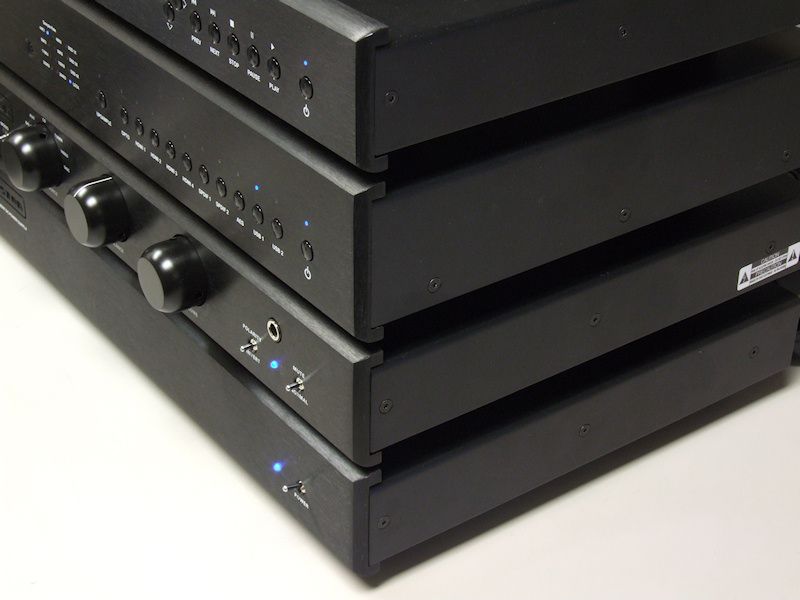 Figure 1. Office system Bryston stack, in black aluminium and optional blue LEDs. Silver finish is also available.
Figure 1. Office system Bryston stack, in black aluminium and optional blue LEDs. Silver finish is also available.
Green LEDs and displays are standard.The Bryston BP-26 preamplifier was the finishing touch to my office computer audio system upgrade. Compared to the Adcom GFP-750 preamplifier ($1,495) it replaced, the BP-26 is far more holographic, has far more image weight, and has far more clarity and detail. The only things I miss about the GFP-750 are some of its build and ergonomic features:
1. The GFP-750's inputs can be selected from its remote, the BP-26's cannot.
2. The GFP-750's balance control can be operated from its remote, the BP-26's cannot.
3. All of the GFP-750's aluminum knobs have a solid feel with no play. The BP-26's input selector knob had about 1 mm of play and rattled a bit as I turned through the inputs. The balance control knob had about 1/2 mm of play as I turned from side to side.
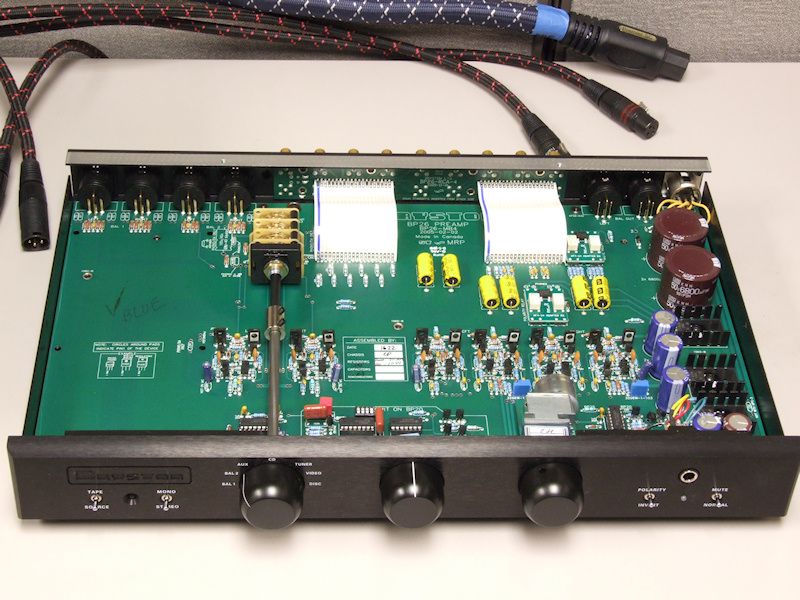 Figure 2. BP-26 Inside view. The input selector knob is at the end of a long shaft. Bryston's sales and marketing
Figure 2. BP-26 Inside view. The input selector knob is at the end of a long shaft. Bryston's sales and marketing
VP, James Tanner, said this arrangement was selected in order to minimize the signal path distance between the
selector switch and the backboard input jacks. 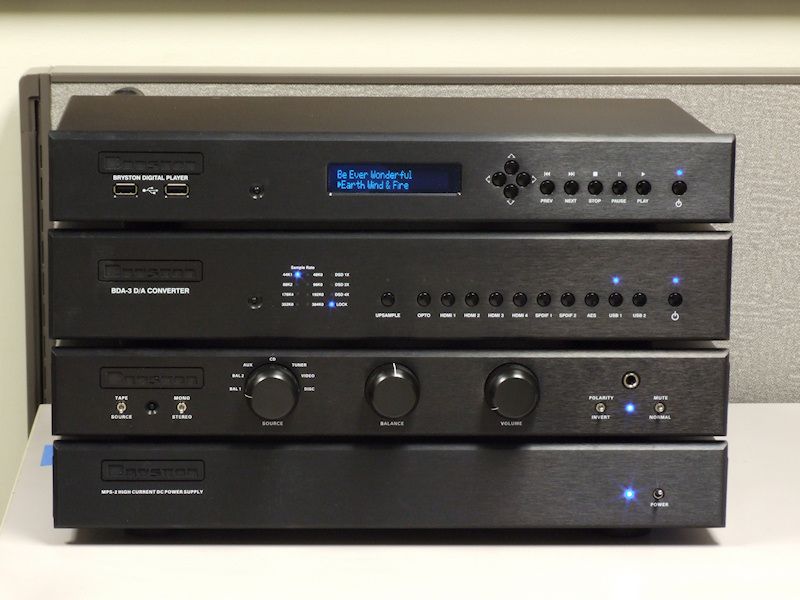 Figure 3. Top to bottom: Bryston BDP-2 digital player, Bryston BDA-3 DAC, Bryston BP-26 preamplifier, Bryston
Figure 3. Top to bottom: Bryston BDP-2 digital player, Bryston BDA-3 DAC, Bryston BP-26 preamplifier, Bryston
MPS-2 power supply for BP-26.I wondered if the toggle switches used on the BP-26/MPS-2 had any sonic benefit compared to push button switches. James Tanner replied "no the toggles were popular when the BP-26 was designed". The BP-26 has been in production since 2005. Other than parts changes over time, the BP-26 has not had any circuit or other design changes.
I like the retro styling that the toggle switches add. My GFP-750 also has toggles. The BP-26's and MPS-2's toggles have a very solid, military grade feel...and toggle switches don't show fingerprints.
Remote ControlMy Bryston components sit on my desk and are well within arm's reach, so why have a remote control? Because I don't like touching my gear. The only remote controllable functions on the BP-26 are volume, mute, and polarity. All three functions were downloaded from the Logitech website into my Harmony One universal remote.
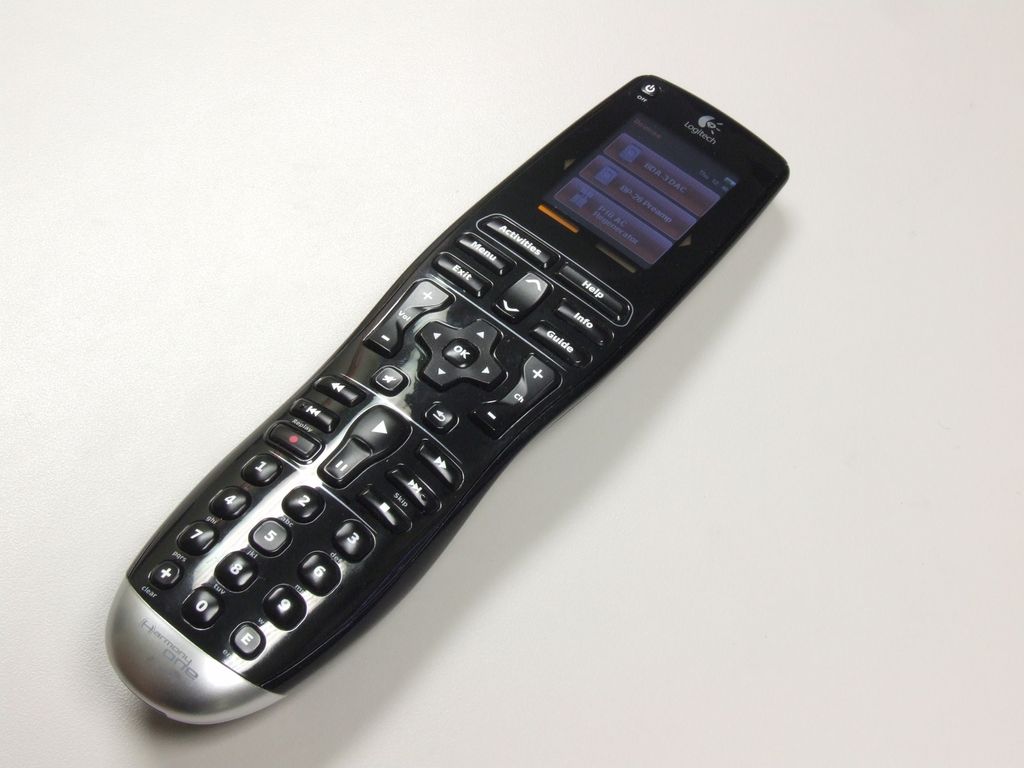 Figure 4. Logitech Harmony One remote - keeps my gear fingerprint free.
Figure 4. Logitech Harmony One remote - keeps my gear fingerprint free.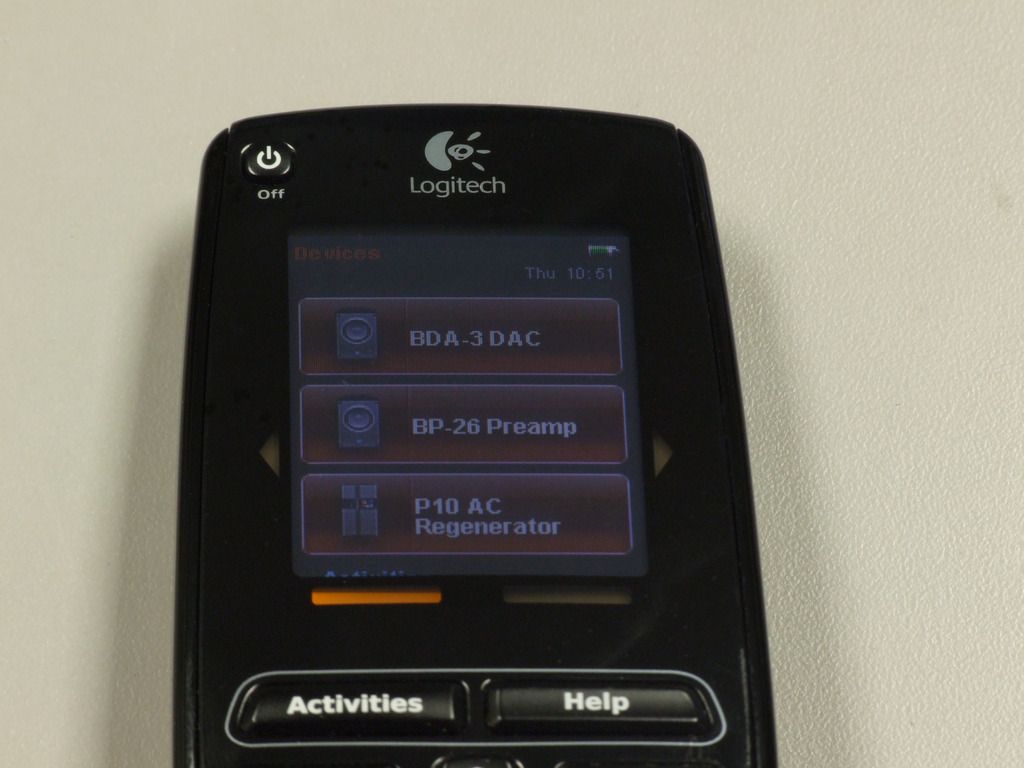 Figure 5. The BDA-3 DAC can be controlled either with the Harmony One remote, or through its Internet interface.The Sound
Figure 5. The BDA-3 DAC can be controlled either with the Harmony One remote, or through its Internet interface.The SoundCritical listening was done using a method of drawing the location and relative sizes of images on aerial and lateral sound stage maps. The sonic characteristics of each image were noted in a descriptive manner.
We got off to a rough start as I wondered, where's the emm-effin' bass? Right out of the box, I was impressed with the BP-26's image weight, increased sound stage depth and height, liquidity, holography, and ambient retrieval. I was less than impressed with the diminished tactile sensation, and diminished bass weight, bass articulation, and bass detail. I left the BP-26 on and playing music continuously for seven days (168 hours) prior to critical listening, although I checked in periodically. After 24 hours the bass had improved significantly. After three days the bass had improved to be the equal of the Adcom GFP-750. After five days of continuous play, the bass was in full bloom and fantastic.
One unexpected benefit of this improved office rig has been its effect on my listening pleasure at home. I sit 12 feet from the speaker plane at home and 7 feet from the speaker plane at work. In addition, the office speakers are bookshelf models measuring 20" W x 12.75" H x 10.125" D and do not have the bass and tactile presentation of the large floor standing speakers at home, which measure 63.5" H x 21.75" W x 13.125" D. As a result of sitting closer and not having the distractions of larger images, heavier bass and heavier tactile sensation, I sometimes notice details with the office system that I missed with the home system.
For example, on Tom Browne's "Funkin' For Jamaica (N.Y.)" ("Love Approach" CD), there is a "popping" synthesizer sound whose spatial properties were rendered differently by the GFP-750 and the BP-26. With the GFP-750 at work, and with my home system, I perceived the pops as appearing first in front of the left speaker at 0:09, then appearing at the center rear, then appearing in front of the right speaker, then appearing at the center again and then at the left again, as shown in figure 6. With the BP-26, I perceived the pops as moving in a continuous "V" pattern from front left, to center rear, to front right, and back to center rear and left front again as shown in figure 7. However, the pops decreased in sound when they begin moving away from the left, center, and right positions.
 Figure 6. Spatial movement of synth popping sounds appearing in succession at left, then center, then right,
Figure 6. Spatial movement of synth popping sounds appearing in succession at left, then center, then right,
then repeating back to left with GFP-750 preamp.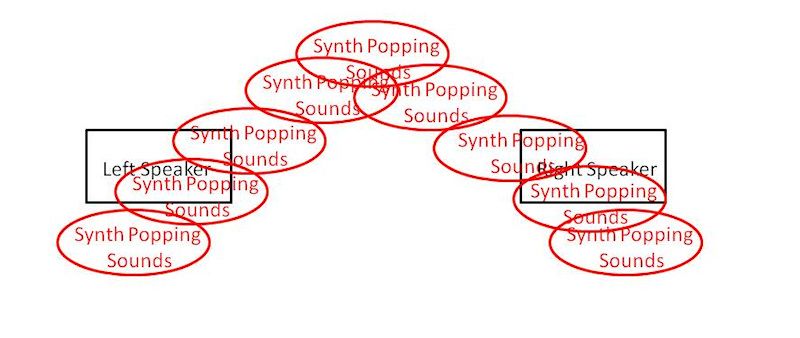 Figure 7. Spatial movement of synth popping sounds moving in a continuous "V' pattern from left front to center
Figure 7. Spatial movement of synth popping sounds moving in a continuous "V' pattern from left front to center
rear to front right, then repeating back to left with BP-26 preamp.Listening again at home, I could hear the pops moving in the continuous "V" pattern, but movement between the front and rear positions was obscured by the large, heavy sound images in the center ( electric bass, vocals, piano, drums, and trumpet). On previous sound stage maps, I didn't even notice the popping sounds in the center rear (figure

.
 Figure 8. Sound stage map of "Funkin' For Jamaica (N.Y.)" from a 2009 listening session with the home two
Figure 8. Sound stage map of "Funkin' For Jamaica (N.Y.)" from a 2009 listening session with the home two
channel system.Overall, to my delight, I found the BP-26 to have a balanced, neutral sound from top to bottom, with excellent clarity, detail, and spatial properties. Compared to the GFP-750, the front boundary of the sound stage was extended 1-2 feet forward depending on the music and center images were elevated 1 foot depending on the music. There was no change in sound stage width or in depth measured from the front speaker plane, (3 feet).
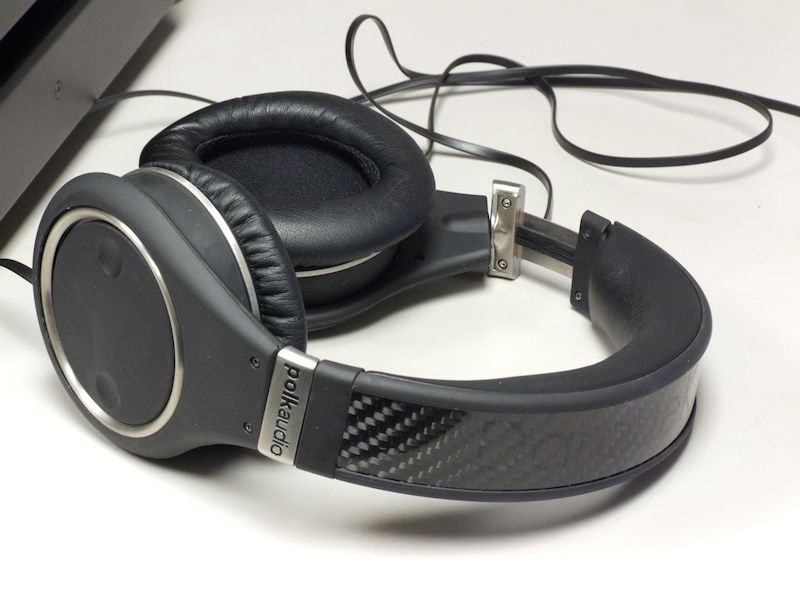 Figure 9. I'm not a headphones guy. With my office rig, I'd rather listen at low volume than crank it through a
Figure 9. I'm not a headphones guy. With my office rig, I'd rather listen at low volume than crank it through a
pair of cans.I mainly use my Polk Audio Ultra Focus 8000 headphones ($250) for recording saxophone practice sessions. Maybe in the future, when I am more dedicated to audio than I am now, I will invest in a good set of high end headphones...for those days and times when I want to/need to work while totally tuning out the outside world. The BP-26's sound was very good through the phones, but nowhere near as satisfying as the stereophonic panorama provided by the bookshelf speakers.
TweaksThere's always room for improvement. Here I discuss a few well-placed tweaks which enhanced the BP-26's performance. Bryston says tweaks won't void the 20 year warranty...as long as you don't cause a failure.
Tweak #1 - Replacing the stock MPS-2 power supply fuse with a HiFi Tuning Silver Star fuse.
Benefit: A little more weight and clarity overall, particularly at the sides and rear of the sound stage. Cost: $21.15.
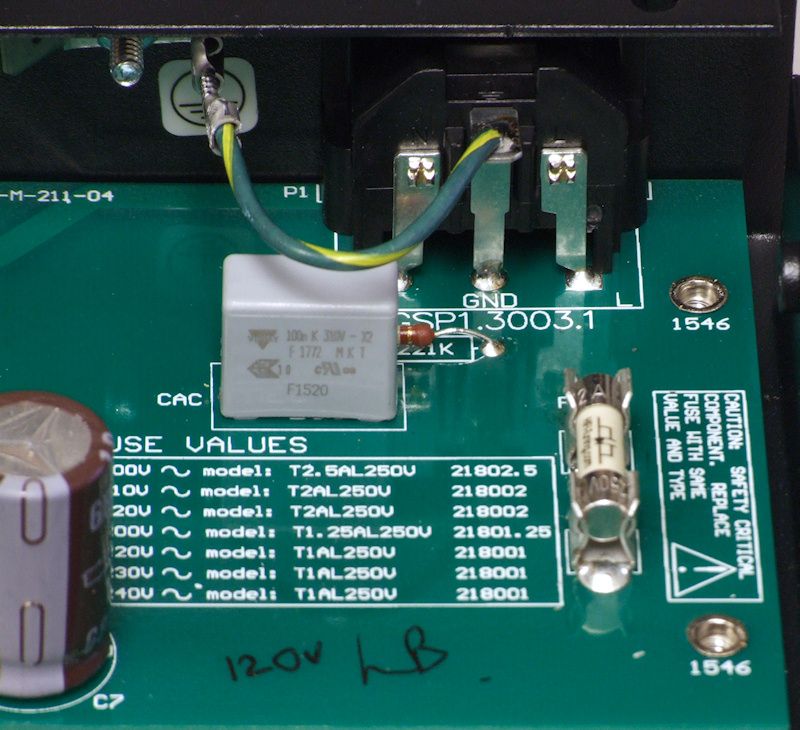 Figure 10. HiFi Tuning Silver Star fuse replacement.
Figure 10. HiFi Tuning Silver Star fuse replacement.Tweak #2 - Apply 1 square foot total of Dynamat Xtreme vibration damping material to BP-26 and MPS-2 chassis. Benefit: No audible benefit. Stopped cases from ringing when thumped. Cost: $5.
Tweak #3 - Replace MPS-2 transformer's rubber pad with Dynamat Xtreme pad, loosen transformer bolt so that transformer can "float", and apply a strip of Dynamat around perimeter of transformer. I could not apply a ring of Dynamat to the top of the transformer because it would have pressed against the case top. Benefit: Lower noise floor as evidenced by music sounding apparently louder, a little more bass weight and bass definition. Cost: Less than $1 worth of Dynamat.
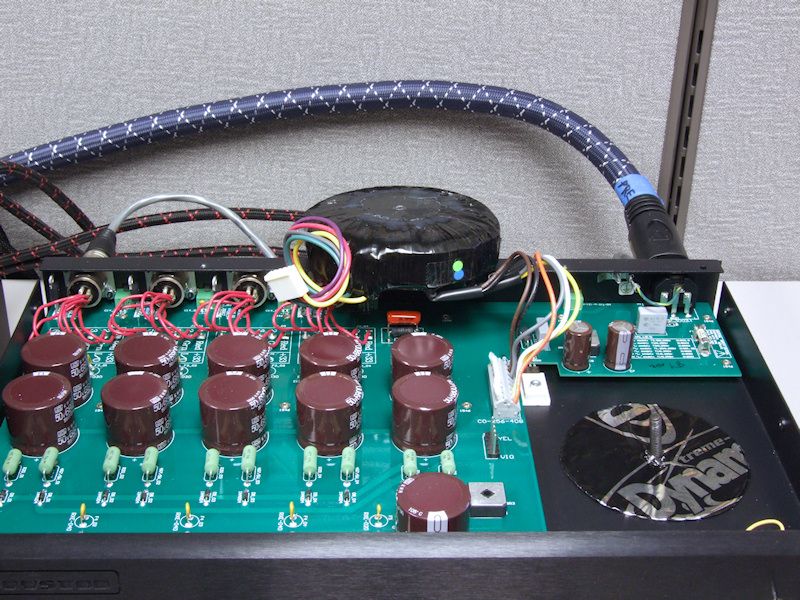 Figure 11. Don't try this at home. The MPS-2's transformer gets a little vibration abatement treatment.
Figure 11. Don't try this at home. The MPS-2's transformer gets a little vibration abatement treatment.Tweak #4 - Move the MPS-2 power supply away from the BP-26. This is actually something Bryston recommends experimenting with. Benefit: Lower noise floor, moderate improvement in overall clarity and detail. Cost: $0.
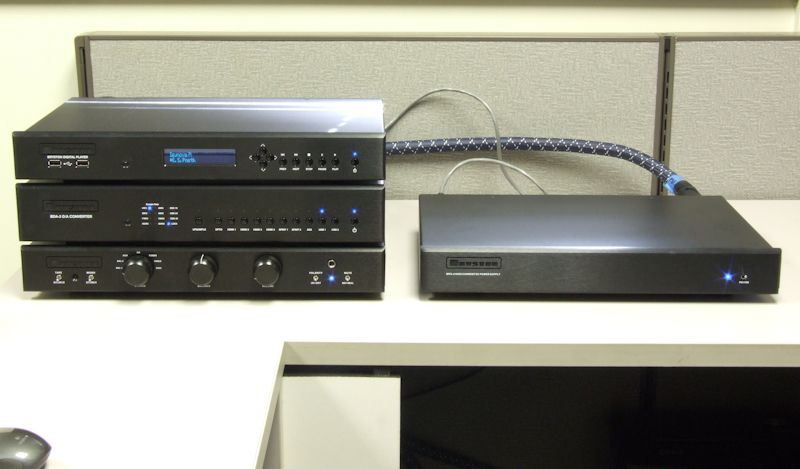 Figure 12. Better sound...just by moving the MPS-2 power supply from underneath the BP-26.
Figure 12. Better sound...just by moving the MPS-2 power supply from underneath the BP-26.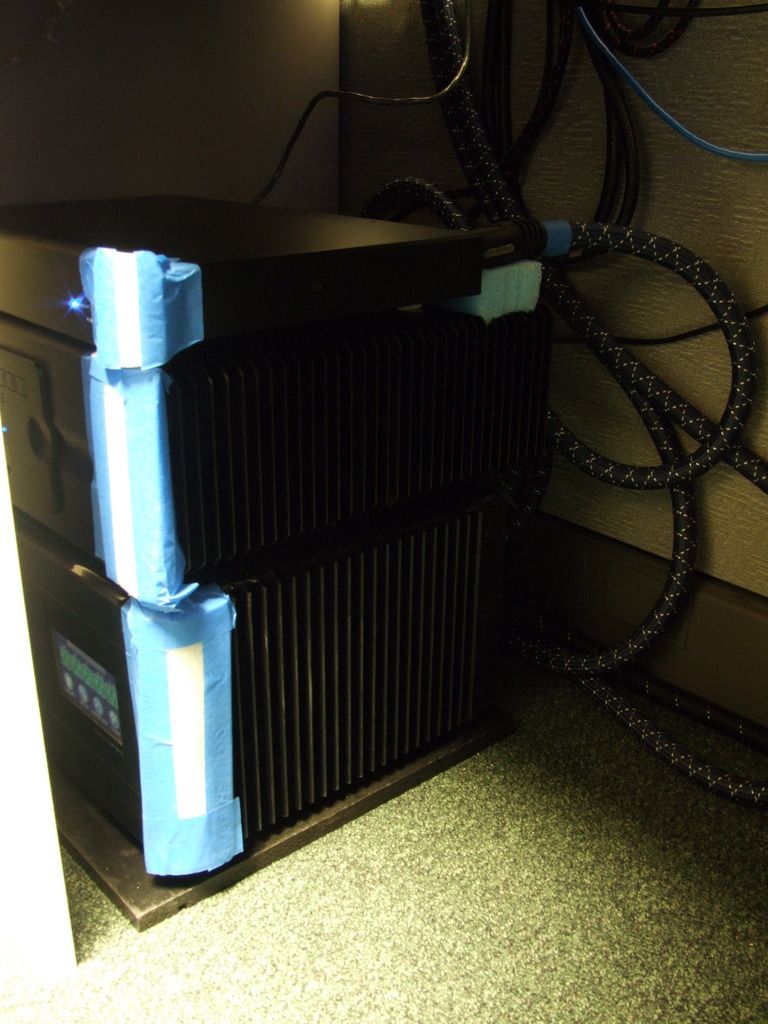 Figure 13. Best sound...the MPS-2's final resting place was underneath the desk with the rest of the power equipment: a Bryston 4B3 power amplifier and a PS Audio P10 AC regenerator. Foam rubber pads protect the component's corners from knees and shoes.
Figure 13. Best sound...the MPS-2's final resting place was underneath the desk with the rest of the power equipment: a Bryston 4B3 power amplifier and a PS Audio P10 AC regenerator. Foam rubber pads protect the component's corners from knees and shoes.Tweak #5 - Replace the MPS-2 power supply's stock 6 pin XLR power umbilical with a custom power umbilical from Revelation Audio Labs, featuring polished silver conductors, vibration damped jacket, and conductive carbon shielding. Benefit: Lower noise floor, moderate improvement in overall clarity and detail, small increase in image weight, moderate improvement in bass weight, bass articulation, and bass detail. Cost: $400, 1 meter length.
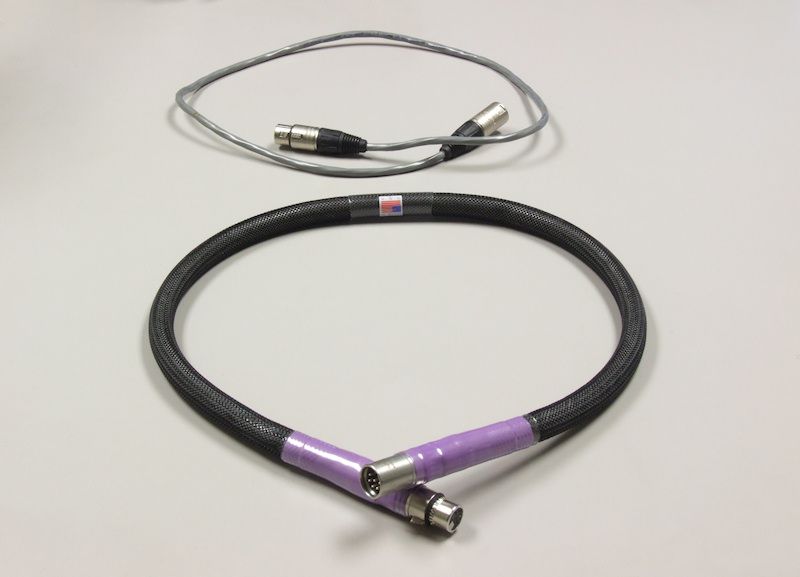 Figure 14. Stock MPS-2 power umbilical top, RAL power umbilical bottom.
Figure 14. Stock MPS-2 power umbilical top, RAL power umbilical bottom. Figure 15. Cable management can reap audible benefits.Conclusion
Figure 15. Cable management can reap audible benefits.Conclusion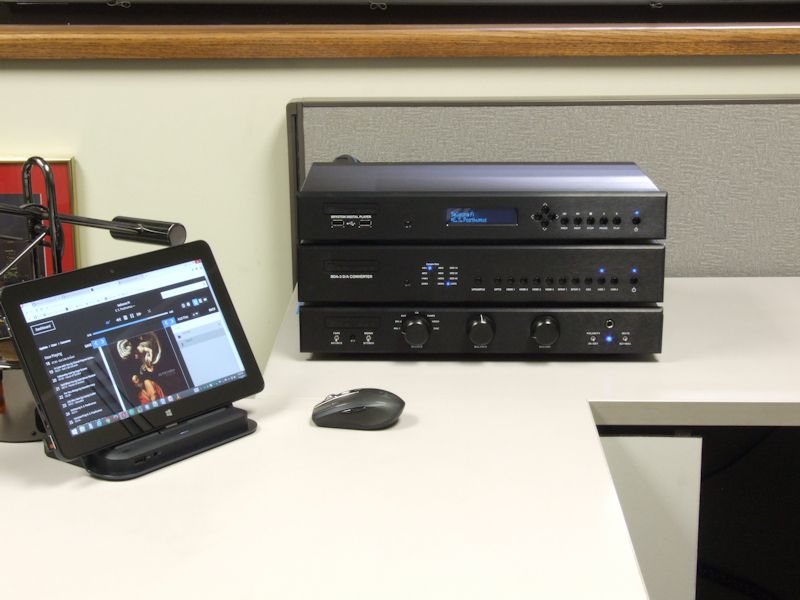 Figure 16. This result is far beyond my original upgrade specification, but one upgrade lead to another and...here
Figure 16. This result is far beyond my original upgrade specification, but one upgrade lead to another and...here
we are...deeper into the rabbit hole...and enjoying Such Good Sound...at work.Associated EquipmentBryston BDA-3 digital to analog converter
Bryston BDP-2 digital player with IAD sound card upgrade and 500GB internal drive
Bryston 4B3 power amp (300 wpc 8 ohms/500 wpc 4 ohms)
PS Audio xStream Transcendent XLR interconnects for DAC and preamp
Revelation Audio Labs Prophecy Cryo-Silver CCIC USB cable
Revelation Audio Labs 6pin XLR Power Umbilical cable for MPS-2/BP-26
PS Audio Premier SC power cords for DAC, digital player, power amp and preamp
PS Audio P10 AC Regenerator
PS Audio AC-12 power cord for P10 AC Regenerator
Polk Audio SDA CRS+ (1989 version) loudspeakers (heavily modified)
Douglas Connection CDF92 speaker cable (9 AWG)
HiFi Tuning Classic Gold fuses for amp and AC regenerator
HiFi Tuning Silver Star fuse for DAC and preamp.
Dell Venue Pro 11 7140 tablet computer, with dock, for digital player, DAC, and AC regenerator control
Logitech Harmony One universal remote for preamp, DAC, and AC regenerator control
References:Pure Overkill Computer Audio Office System
http://forum.polkaudio.com/discussion/168871/pure-overkill-computer-audio-office-system/p1Bryston BDA-3 DAC Review
http://forum.polkaudio.com/discussion/172529/bryston-bda-3-dac-reviewBryston BDP-2 Digital Player Review
http://forum.polkaudio.com/discussion/166413/bryston-bdp-2-digital-player-reviewPS Audio P10 AC Regenerator Review
http://forum.polkaudio.com/discussion/126544/studies-on-residential-power-line-noise-part-10-ps-audio-p10-ac-regenerator/p1CRS+ (1989 Version) PCB, Xover and SDA Inductor Upgrade
http://forum.polkaudio.com/discussion/111976/crs-1989-version-pcb-xover-and-sda-inductor-upgrade